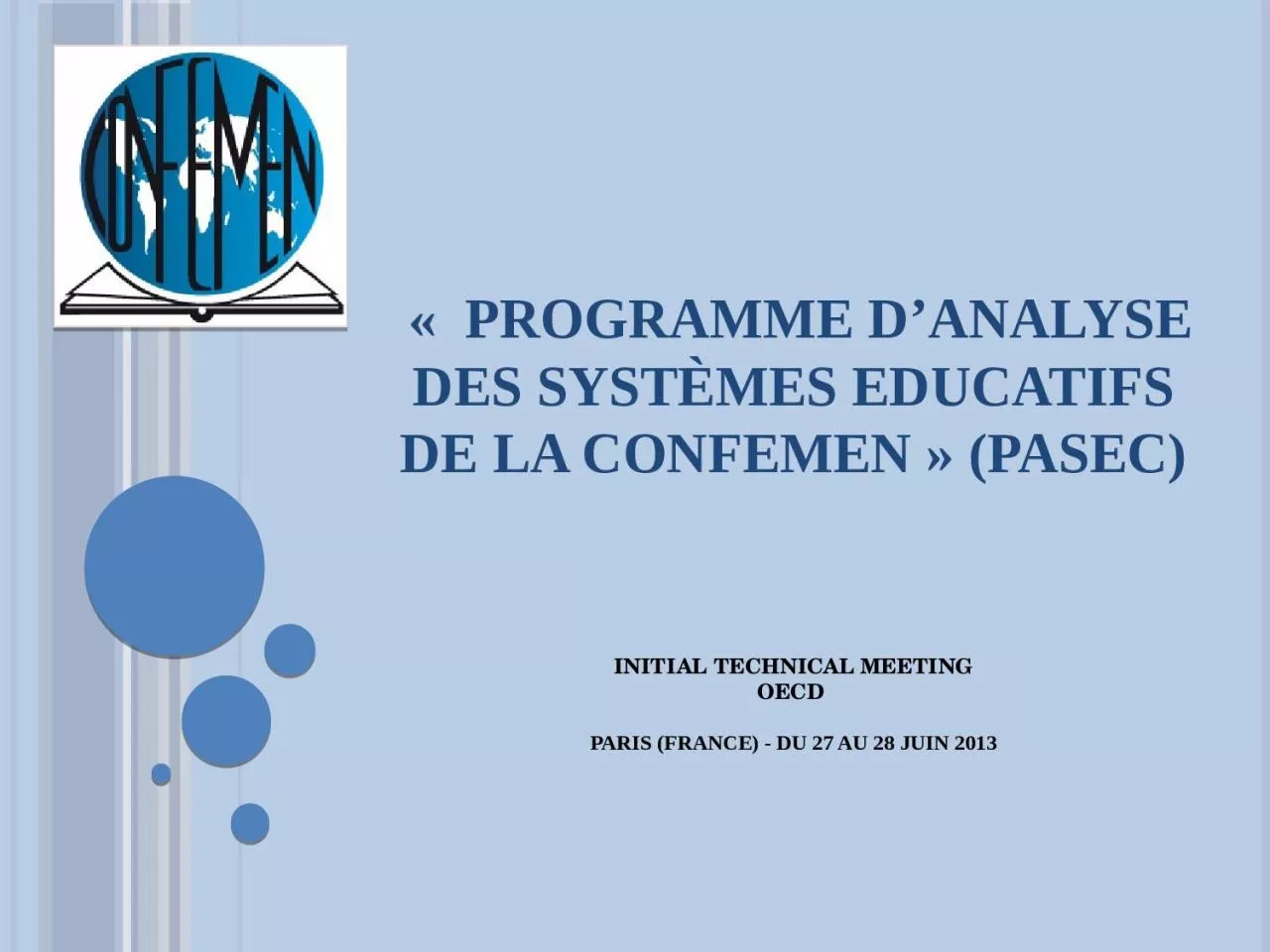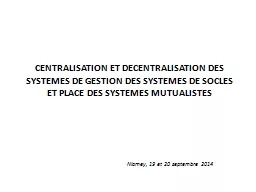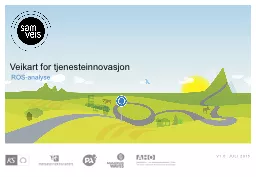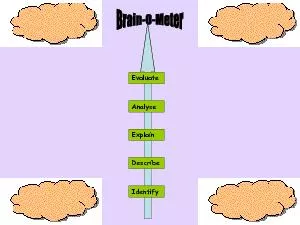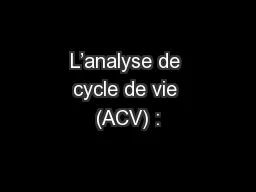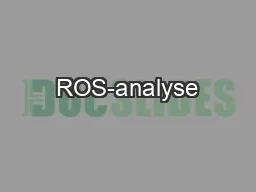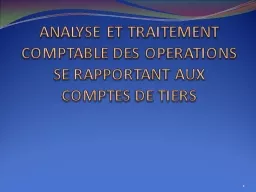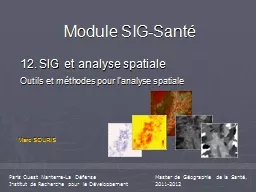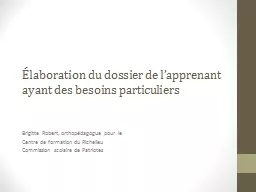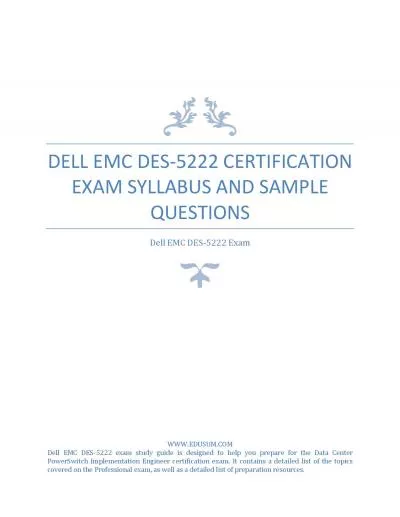PPT-« Programme D’Analyse Des Systèmes Educatifs de la CONFEMEN » (PASEC)
Author : adah | Published Date : 2024-03-13
INITIAL TECHNICAL MEETING OECD Paris France Du 27 au 28 juin 2013 1 Introduction to CONFEMEN and to PASEC 2 pasec reform and international evaluations
Presentation Embed Code
Download Presentation
Download Presentation The PPT/PDF document "« Programme D’Analyse Des Systèmes..." is the property of its rightful owner. Permission is granted to download and print the materials on this website for personal, non-commercial use only, and to display it on your personal computer provided you do not modify the materials and that you retain all copyright notices contained in the materials. By downloading content from our website, you accept the terms of this agreement.
« Programme D’Analyse Des Systèmes Educatifs de la CONFEMEN » (PASEC): Transcript
Download Rules Of Document
"« Programme D’Analyse Des Systèmes Educatifs de la CONFEMEN » (PASEC)"The content belongs to its owner. You may download and print it for personal use, without modification, and keep all copyright notices. By downloading, you agree to these terms.
Related Documents

